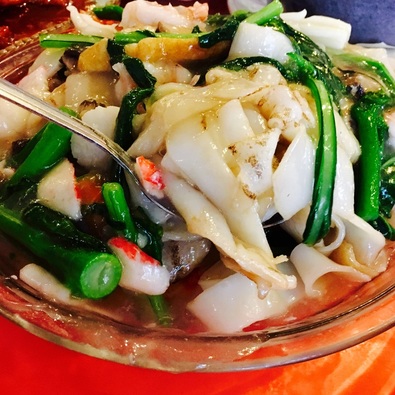 This is one of my all-time favorite dishes – “sup chow” (wet-fried) wide rice noodles with seafood. To be honest, I often greedily load my plate with just the soft white noodles – especially if they’re speckled with brown spots like you see in the photo. This is one indication that the dish will have good “wok hay”. Most closely translated as “breath of the wok”, it means the kitchen’s super-hot flames probably infused this dish with an almost smoky aroma. It’s not something easily accomplished at home with less powerful electric or even gas stoves. On top of the noodles, you’ll see shrimp, scallops, crab, squid, and thinly sliced fish cake (maybe I’ll get my mom’s recipe for homemade fish cake one day!). The leafy green vegetable is choy sum, a Chinese green that is eaten, stem, leaf, flower buds and all, similar to how broccoli raab is eaten. Gai lan, or Chinese broccoli is a good substitution for choy sum and looks very similar. Choy sum though, is a brighter and lighter green while gai lan is typically darker in color. Both are delicious, especially when cooked till just tender and on this rice noodle dish! My sister’s recipe for a vegetarian variation of this dish can be found in The Chinese Kitchen Garden book.
0 Comments
Chinese 'ong choy', aka water spinach or kangkung (what it's called in Malaysia where it grows rampantly) is a delicious and mild leafy green, which you will likely NOT find easily since...it is illegal to sell in stores! This is because while tasty, it is classified as invasive in the United States. We were lucky enough to have it at one of our favorite restaurants only because the chef grows it in his own garden. Since it's an aggressive spreader, growing it yourself means you'll have to be very careful to keep it under control.
These greens are so good steamed, boiled or sauteed. The leafy tops cook to a perfect texture that's neither too soft nor tough at all, and the stems have a bit of a crisp crunch. Notice the characteristic hollow stems. Water spinach is almost always cooked with shrimp paste. This I can't understand because I find it to be a mild and versatile vegetable that would go with anything. Me: Why is it always cooked with shrimp paste? My mom: It's ALWAYS cooked with shrimp paste. Me: But why? There must be some reason. My mom: It just is! Me: But WHY?!! My mom: NO WHY! So that's all I got from my mom. If anyone can shed some light on why this is such a traditional taste, please share!
Luffa gourd is about as classic in the Chinese garden as zucchini is in the North American garden. Like zucchini, you should stay on top of harvesting, as luffas grow prolifically and taste best when young. This beautiful vegetable can be used in a similar way as well.
Notice the ridges along the luffa. These ridges can be tough, so simply pare the ridges off with a vegetable peeler. You'll be left with a striped tender summer squash ready for any recipe! Well, THIS was a delicious salad from Panera! The next time I get it, I’ll go lighter on the Thai chili vinaigrette (because it had a little heat but was a bit too sweet to my taste…) and heavier on peanut sauce. I did love the addition of fire-roasted edamame, and here’s what I’d like to tell you… not only is edamame delicious, easy to cook and easy to grow (especially for new gardeners), but it’s a nitrogen-fixing plant meaning it’s actually GOOD for your garden as well! If you don’t plan to grow edamame this year, you can find pods or beans in most supermarkets these days. I loved the individual fire roasted beans in this salad but The Chinese Kitchen Garden also describes many other ways to use edamame in the kitchen.
In a few weeks I may never want to see chicken in any form again, but right now I'm obsessed with roasting the whole birds on a bed of vegetables. Red noodle beans, a variety of Chinese long beans, are perfect to mix in along with potatoes, onions, and carrots. Long beans are sturdier than a green bean and are best when picked young in the garden. In the pot above, beans are rinsed and cut into shorter 3-4 inch segments. They'll hold up perfectly with the other vegetables (whereas a green bean may disintegrate after 1 1/2 hours of roasting). They also darken up a bit and add great color to the dish!
Imagine thin, crisp-tender asparagus spears with a subtle garlicky flavor...this is how I might describe the taste of the flowering stems of garlic chives. If you've been following me on social media, you know I like flowering chives...a LOT!
I look forward all season to mid-late summer when the garlic chive plants send up their flowering stems. They taste pretty different from the chives themselves (which are grassy and inedible this time of year), having a much milder taste and a crisp texture similar to green beans. Just before the flowers open, harvest the stems by simply snapping them at their bases. If the stems don't snap and you have to tug or cut them, you've missed your narrow window for harvesting. To cook, cut stems into sections and stir fry. I love flowering chives with julienned, roasted duck breast like my mom makes above. The dish comes together in just a few minutes and the recipe will be in The Chinese Kitchen Garden book! People often ask about good Asian vegetables to grow in containers. Immediately, my friend Grace’s pots of Malabar spinach come to mind. This vining spinach thrives in the heat. When the fordhooks and other similar leafy greens have gone kaput for the summer, Malabar spinach looks as gorgeous as can be, as evidenced by the containers you see in the photo! On the left is the spinach Grace planted this season. On the right, is spinach she’s kept going year round! You can see that this season’s greens look a bit more tender with larger leaves that last year’s.
Grace will cut leaves as she needs them and come frost, will just bring the containers inside and tend to them as houseplants. In the winter when she’s enjoying soups and stews, she’ll go over to her pretty houseplant, cut some leaves off, chop them up, put them in the bottom of a bowl, and ladle hot soup on top. Doesn’t that sound so easy and perfect? In the Chinese kitchen garden, the summer vegetable harvest is in full swing. Part of this harvest is also the picking of daylily buds. Just a handful of these thrown in a stir-fry (like my mom's chicken, celery and daylily version) adds color, texture, and a slightly fragrant sweetness that I love! The large daylily patch has been blooming like gangbusters and what we can't eat now, we'll dry in a food dehydrator for use through the year. To rehydrate, just soak in water for 15 minutes or so. Learn more about daylily buds and other edible flowers in The Chinese Kitchen Garden!
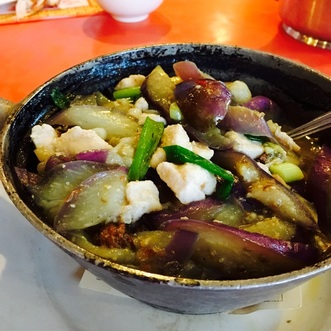 "It doesn't even stink", my mom said disappointingly. We joke about the stink, but what she meant was that it wasn't as pungently fragrant as it normally is. I honestly don't know what it's called, but my kids and I generally refer to this dish as the "really yummy stinky pot of eggplant stuff". It's a Chinese eggplant and chicken dish that's served steaming hot (I'm a sucker for anything that comes in a clay or even metal pot), with lots of delicious sauce that is wonderful and so satisfying mounded with a big serving spoon over rice. The secret ingredient though, is very small chunks of fermented fish. I'm not gonna lie - if you're downwind when the server brings it out (steaming hot fajita-style), you'll have to do your best to maintain polite table manners. You might also need to thicken your skin as the diners at the table next to you WILL whisper. It's one of those dishes that smells awful but tastes amazing. You know what I mean, right? |
AuthorI'm Wendy Kiang-Spray, gardener, home cook, and author of The Chinese Kitchen Garden. Learn more about the book here. Enjoy the blog and be sure to like The Chinese Kitchen Garden Facebook page for notifications when there are new posts. Archives
April 2019
Categories
All
|

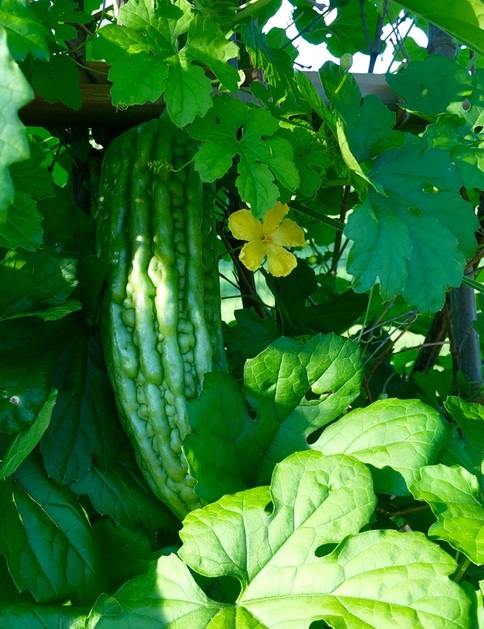
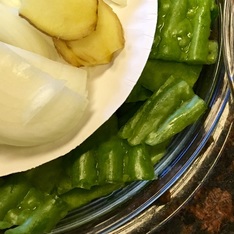
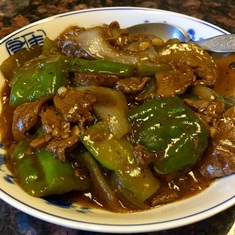
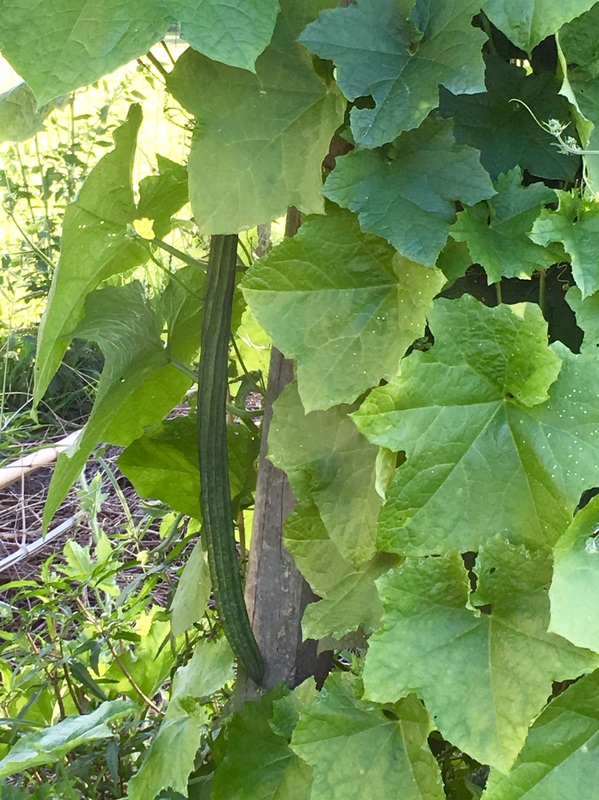
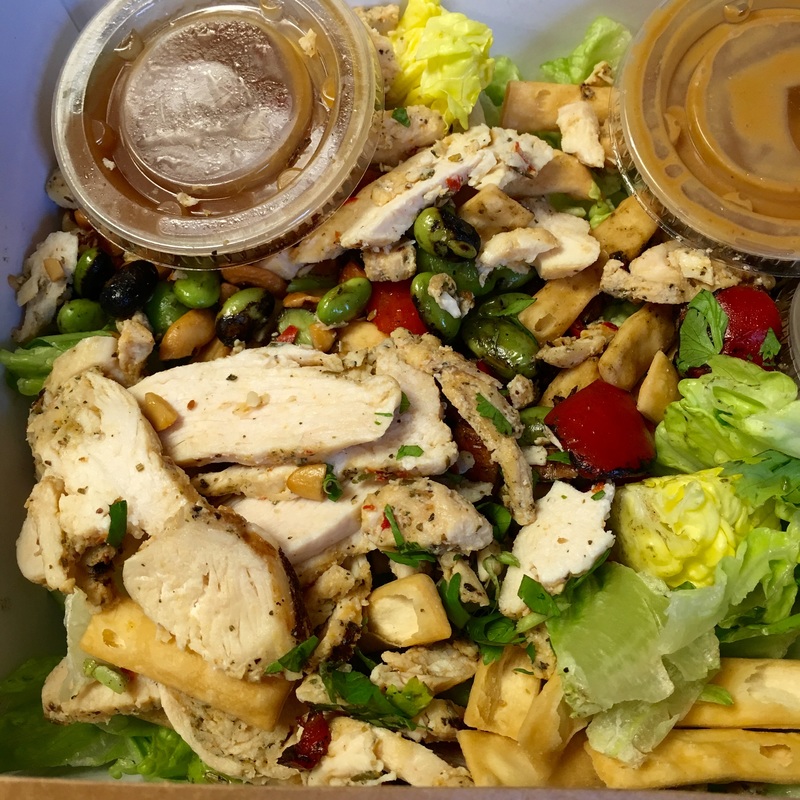

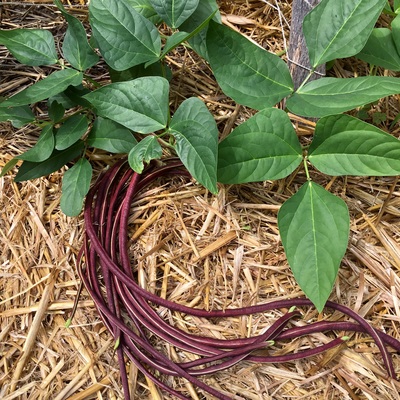
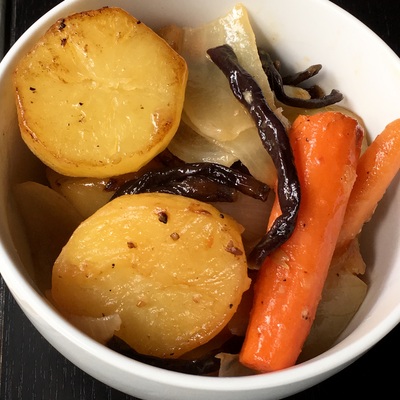


 RSS Feed
RSS Feed